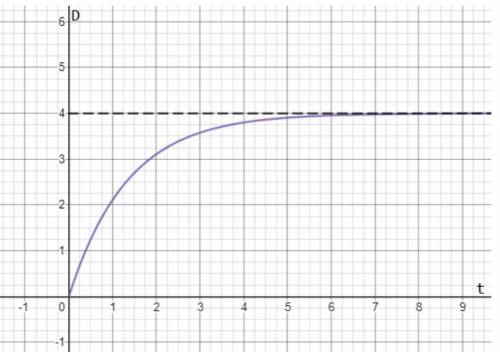
Mathematics, 07.12.2019 02:31 GreenHerbz206
Dead leaves accumulate on the ground in a forest at a rate of 3 grams per square centimeter per year. at the same time, these leaves decompose at a continuous rate of 75 percent per year.
a. write a differential equation for the total quantity, q, of dead leaves (per square centimeter) at time t.
b. sketch a solution to your differential equation showing that the quantity of dead leaves tends toward an equilibrium level. assume that initially (t=0) there are no leaves on the ground.
what is the initial quantity of leaves?
what is the equilibrium level?
does the equilibrium value attained depend on the initial condition?
a. yes
b. no

Answers: 1


Other questions on the subject: Mathematics


Mathematics, 21.06.2019 16:30, charitysamuels
What is the equation of a vertical line passing through the point (−5, −1)? y = −5 y = −1 x = −5 x = −1
Answers: 2

Mathematics, 21.06.2019 17:40, kiingbr335yoqzaxs
Given abcd ac=38 and ae=3x+4 find the value of x
Answers: 2

Mathematics, 21.06.2019 19:00, nicolemaefahey
How do i start to solve? would appreciate a walk-thru! a bird sitting 16ft above the ground in an apple tree dislodges an apple. after how many seconds does the apple land on the ground? (assuming that no branches will interfere with it's fall)
Answers: 1
You know the right answer?
Dead leaves accumulate on the ground in a forest at a rate of 3 grams per square centimeter per year...
Questions in other subjects:


Social Studies, 17.12.2020 14:00




Social Studies, 17.12.2020 14:00




Mathematics, 17.12.2020 14:00

 = 3 - 0.75D
= 3 - 0.75D )
)



